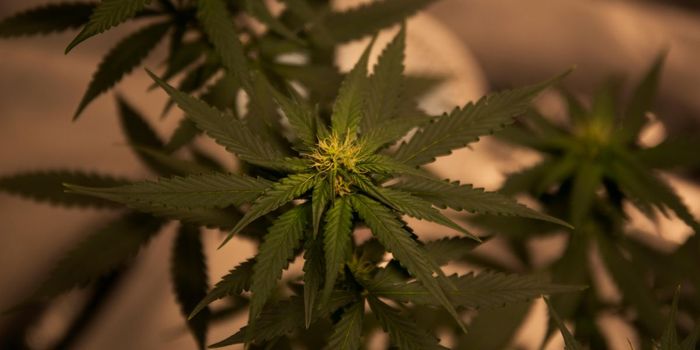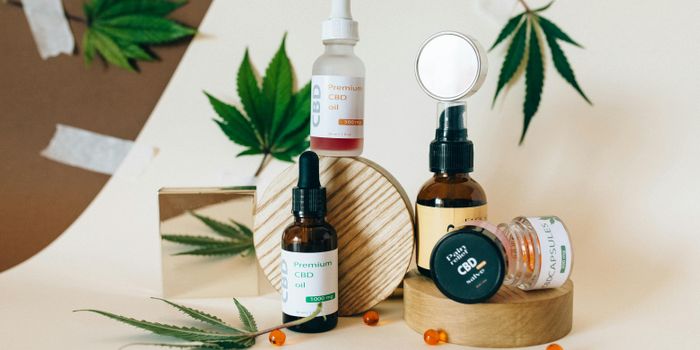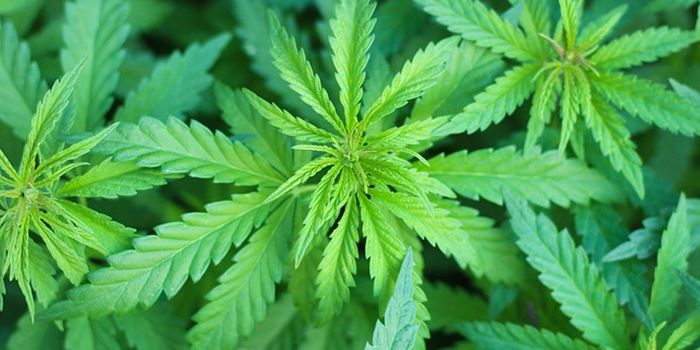Will Legalization Lead to More Marijuana Use?
Before you celebrate another state's decision to legalize or otherwise decriminalize marijuana (if you are so inclined to do so), it may be a good idea to step back and determine the effects of legalization on rates of marijuana use. According to a 2014 comprehensive study by the RAND Corporation, states that have legal dispensaries have higher rates of marijuana dependence, as measures of deferrals to treatment centers.

Photo Credit: Pixabay.com
Another study conducted at Emory University found that states with medical marijuana laws on the books had a greater increase in adult use and an overall increase in, interestingly, binge drinking. This is perhaps unfortunate news for medical marijuana proponents, who claim that the "gateway drug" hypothesis has been debunked. However, this is the only study to suggest a connection between marijuana use with an increase in another (albeit legal) drug. This may not be what the proponents of legalization want to hear, especially those who are strongly opposed to anti-marijuana laws.
Other concerns about the legalization of dispensaries include the potential for an increase in crime. Yet this concern is mainly over thieves breaking into dispensaries rather than general crime rates. Another worry is about the general "wrong" message medical dispensaries sends to the nation's youth. "We are certainly not sending a very good message when we call it medicine and legalize it," said R. Gil Kerlikowske, the director of the Office of National Drug Control Policy. However, the scientific literature paints a very different picture. A very comprehensive review of the literature published in 2015 in the journal The Lancet consistently found decreases in marijuana use amongst adolescents in states that legalized dispensaries.
So what is the source of the discrepancy amongst these separate studies regarding the effect of legalization on marijuana use rates? It turns out that the "devil's in the details". What this means is that the authors of the article from the Rand Corporation used a fine scalpel to dissect out the precise medical marijuana laws that are associated with increased use. Thus they were able to determine the special conditions in which state policy played a substantial role in increased use.

Indoor cannabis farm. Photo credit: Pixabay.com
Specifically, it is the way that dispensaries are regulated by state law that determines the effect on rates of use, especially among adolescents. Note that this study did not see any correlation when looking at states that allowed homegrown marijuana or those who had stricter registration requirements. In effect, only the states that protected dispensaries for adults and youth saw the increase in use and dependence.
The report concludes by cautioning that state and federal laws are heterogeneous and ever-evolving. While many studies have seen a decrease in use, especially amongst youth, these studies may be biased by lumping together ambiguous policies across states for their analyses. In effect, until this country has a unified marijuana policy, it will be difficult to determine for certain the effects of legalization or decriminalization on usage habits.
Sources: Journal of Policy Analysis and Management, The Journal of Health Economics, MarijuanaPolicy.org, The Denver Post, The Lancet, Verywellhealth.com








